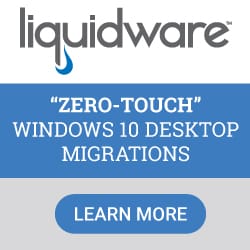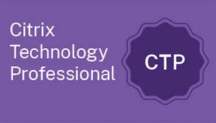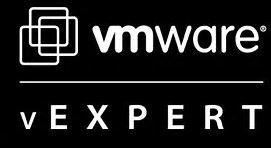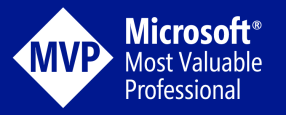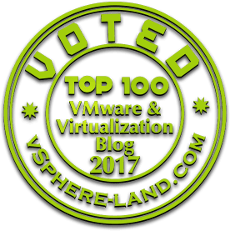by Melissa Palmer
VMware announced a number of product updates on February 2, 2015 with one thing in mind, providing a solid hybrid cloud strategy for their customers. As organizations have begun their journey towards cloud, many have realized it may not be an all or nothing approach. While some workloads may be moved to a public cloud, there may be others that need to stay on-premises, and thus the hybrid cloud is born.
vSphere 6.0
At the core of a VMware powered cloud is vSphere. Perhaps one of the biggest, and most waited for, announcements was the release of vSphere 6.0. The vSphere suite which consists vCenter Server and the ESXi hypervisor has gained a number of new features.
The image above is from the VMware site
One exciting new feature is something called Long Distance vMotion, which allows vMotion across data centers and vCenter servers, with a latency up to 100ms. Previously, vMotion was restricted to the virtual data center level. Also, Fault Tolerance has been expanded to support 4 CPU virtual machines. This will make a huge impact to the adoption of Fault Tolerance, allowing it to be used for many more resource intensive applications.
While virtualization has often been used for consolidation, it can also be used as an abstraction layer for larger Virtual Machines, allowing VMware features like High Availability to remove some of the risk associated with hardware failure. Now, virtual machines can have up to 128 virtual CPUs and 4TB of virtual RAM. This is enough to virtualize even the biggest, baddest, most business critical applications such as SAP HANA. For more on the new features of vSphere 6.0, check out vSphere 6.0 Overview <<<http://www.vmware.com/files/pdf/vsphere/VMware-vSphere-Whats-New.pdf>> from VMware.
Another powerful shift is the increase of the maximum thresholds for a number of vSphere configuration options including the increase to 1000 hosts to a vCenter server, 64 hosts to a vSphere cluster, and the upper limit of 10000 powered on virtual machines for each vCenter server. These increases are a sign of the resiliency of the environment and should easily extend past the needs of most data center environments where there may have been a constraint before.
[wp_ad_camp_1]
vCenter Appliance Versatility
In the past, the vCenter Server Appliance (vCSA) was limited by the number of hosts it could support and the number of guests that could be managed with full support from VMware. Those limits have been lifted and the vCenter Server Appliance is now at parity with the maximum supported hosts, powered-on machines, and hosts per cluster under management. Another great new feature is the addition of Linked Mode for the appliance, which required a Windows installation in the past to run ADAM for the schema to store information shared by the vCenter services. Now that the built-in replication capability is embedded, the Linux based appliance is a viable option in every scenario where the Windows server was required before.
vCloud Air Networking Powered by NSX
Recently we took a closer look at how quickly VMware’s vCloud air has grown. Here is a link to this overview: https://24x7itconnection.com/2015/01/29/vcloud-air-continues-to-evolve/ VMware announced that NSX will be rolled out through 2015 to support vCloud Air’s networking allowing customers to leverage even more technologies they are used to within their data center. This further simplifies the Journey to hybrid cloud for VMware customers. NSX aims to provide a Layer 2 and 3 network infrastructure that is easy deploy and manage, and integrate with the rest of the VMware product suite, as well as other products such as the KVM hypervisor and OpenStack.
VMware Integrated OpenStack
VMware also announced the availability of their OpenStack distribution, called VMware Integrated OpenStack (VIO). VMware has realized that the OpenStack cloud computing platform can be key component of their customer’s hybrid cloud strategy. VIO aims to streamline the OpenStack deployment and update process, while providing a familiar environment for VMware administrators.
For more information on VMware’s Hybrid Cloud announcements, please see their press release, VMware Unveils Industry’s First Unified Platform for the Hybrid Cloud http://www.vmware.com/company/news/releases/vmw-newsfeed/VMware-Unveils-Industrys-First-Unified-Platform-for-the-Hybrid-Cloud/1920295
Overall, the announcements showed that VMware is leaning towards a total platform across all areas of the data center. Every component has been listed as having inter-application support and advantages with the rest of the VMware ecosystem. This will definitely be an exciting release for VMware, and it will be interesting to see how quickly customers make the transition. It was definitely a big day for VMware.



